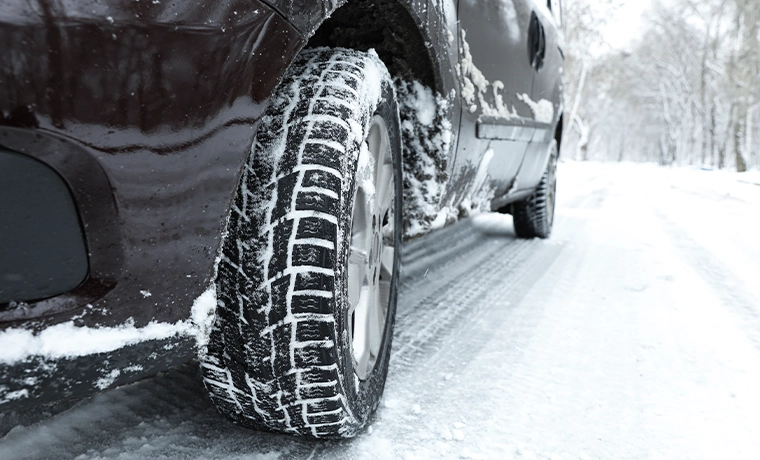As winter chills settle in, drivers face the crucial task of prioritizing road safety. Snow, ice, and plummeting temperatures turn roads treacherous, significantly impacting your vehicle’s handling and braking. A crucial step in improving driving safety during these conditions involves preparing your vehicle for winter, with an unwavering emphasis on switching to winter tires.
The switch to winter tires is typically recommended when temperatures dip below 7°C. In Türkiye, this window usually spans from early November to late April, but regional climates and geography can shift these dates. Timely installation of winter tires is crucial for boosting safety, especially on snow-covered or icy roads.
How to Differentiate Between Winter Tires?
Winter tires feature a special rubber compound and boast the "MS" (Mud+Snow) marking. Many also display a snowflake symbol, signifying their ability to handle harsh winter conditions. When choosing winter tires, these markings are your key identifiers.What is the Optimal Winter Tire Pressure?
Winter tire pressure may differ from your summer setup. Cold weather can deflate your tires, so regular pressure checks during winter are essential. Refer to your vehicle's manual for the recommended values. Maintaining winter tire pressure 10-15% higher than your summer tires is recommended.Fleet Rentals and Tire Change Solutions
Fleet rental services offer significant convenience, especially for commercial vehicles, when it comes to meeting winter tire requirements. Avis Fleet ensures your safe winter travels by providing essential services like tire replacements. With Avis Fleet's service quality and diverse fleet, you can improve both your journeys and your business by easily accessing the right vehicle, not just in winter, but year-round.
My Offers
My Offers({{ basketProductCount }} Count)

{{ item.Title }}
{{ item.Description }}
{{ item.ProductProperties.ProductName }}
{{ item.ProductProperties.ProductDescription }}

{{ item.Title }}
{{ item.Description }}
